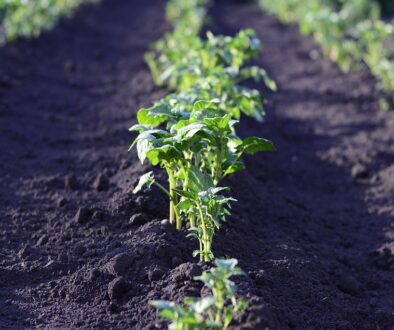Article by: Suzette Morshead
Vegetable Gardening 101: From Soil Preparation to Harvest
Growing your own vegetables can be incredibly rewarding, both for your health and your happiness. Whether you have a sprawling backyard or just a small balcony, vegetable gardening is a fulfilling way to connect with nature and enjoy fresh, homegrown produce. If you’re new to this, don’t worry—this Vegetable Gardening 101 guide will walk you through everything from soil preparation to the exciting moment of harvest. I’ll also share a personal story from my gardening journey and a checklist of essentials to get you started.
The Journey Begins: Soil Preparation
Healthy soil is the foundation of a thriving vegetable garden. Before planting, it’s crucial to prepare your soil properly:
- Test Your Soil: Understanding your soil’s pH and nutrient levels can help you amend it correctly. You can purchase a soil testing kit at your local garden center.
- Clear the Area: Remove any weeds, rocks, or debris from your garden bed.
- Loosen the Soil: Use a garden fork or tiller to aerate the soil. This helps roots grow easily and improves water drainage.
- Add Organic Matter: Enrich your soil with compost, well-rotted manure, or other organic materials to boost fertility.
Choosing the Right Vegetables
Pick vegetables that suit your climate, season, and personal taste. Some beginner-friendly options include tomatoes, lettuce, carrots, and bush beans. Consider starting with seedlings if you want quicker results, or seeds if you prefer watching the full cycle.
Planting and Caring for Your Garden
- Planting: Follow seed packet instructions for depth and spacing. Proper spacing prevents overcrowding and disease.
- Watering: Keep soil consistently moist but not soggy. Early morning watering is best to reduce evaporation.
- Mulching: Apply a layer of mulch to retain moisture and suppress weeds.
- Feeding: Fertilize your plants periodically with organic or balanced fertilizers.
- Pest Control: Monitor for pests and use natural or chemical controls when necessary.
The Joy of Harvest
Harvest time is incredibly satisfying. Pick vegetables when they’re ripe, using clean tools to avoid damage. Eating your homegrown veggies fresh is a true delight, bursting with flavor and nutrition that’s hard to beat.
My Personal Gardening Story
A couple of years ago, I decided to try my hand at vegetable gardening. At first, I was overwhelmed by the sheer amount of information—soil types, watering schedules, pest control—it felt like a lot. I started small, planting cherry tomatoes and lettuce in containers on my balcony. I remember the first time my tomatoes turned ripe and juicy; I couldn’t wait to taste them. It wasn’t just about the food; it was about the connection to the process—the dirt under my fingernails, the daily care, the anticipation. That simple act of growing my own food brought me a deep sense of peace and accomplishment. Since then, I’ve expanded to a backyard garden, learning more each season, and it’s become a beloved part of my daily routine.
Essential Items You Might Need for Vegetable Gardening
- Garden gloves
- Quality garden soil or compost
- Seeds or seedlings
- Garden tools (trowel, fork, spade)
- Watering can or hose with a gentle spray nozzle
- Fertilizer (organic preferred)
- Mulch (straw, bark, or leaves)
- Plant supports (stakes or cages for tomatoes, beans, etc.)
- Soil testing kit
- Pest control supplies (organic pesticides or neem oil)
- Garden markers or labels
Final Thoughts
Vegetable gardening is a mix of science, art, and patience. With the right preparation and care, you’ll soon enjoy the fruits of your labor—fresh, tasty vegetables that you nurtured from soil to plate. Start small, learn as you go, and most importantly, enjoy the process. Happy gardening!
Article by: Suzette Morshead


